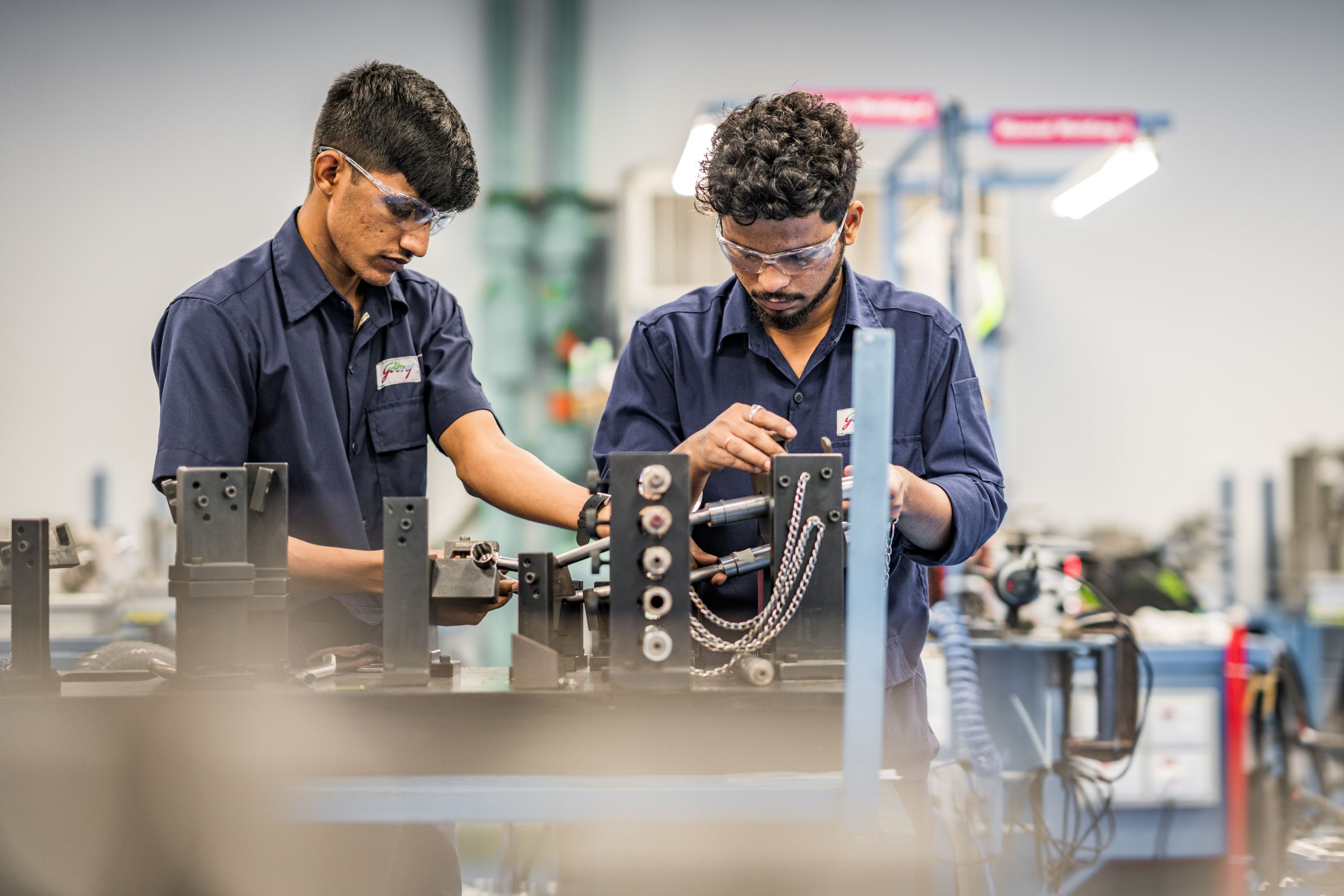On the Drawing Board


Maneck Behramkamdin
As
India celebrates its 79th Independence Day, we find ourselves
reflecting not just on the freedom gained decades ago, but also on the
technological sovereignty we are heading towards. One such frontier which is
critical yet underdeveloped is the indigenous design and manufacturing of aero
engines. Despite decades of progress in building aircraft, missiles, and launch
vehicles, the heart of aerospace systems, the aero engine remains largely
imported. Today, as we embrace the spirit of Aatmanirbhar
Bharat, it is imperative that India turns its attention to
mastering this pinnacle of aerospace engineering developing our own aero
engines for defence and civil aviation.
Why Aero Engines are the Ultimate Engineering
Challenge
Aero
engines are among the most complex machines ever built. They operate at extreme
temperatures, high rotational speeds, and require advanced materials and
precision manufacturing that only a handful of nations have mastered. These
engines determine an aircraft’s performance, range, and survivability—and yet,
even after decades of development, India still imports its jet engines,
including those that power our frontline fighter aircraft.
The
Kaveri engine, conceptualized in the 1980s to power the Light Combat Aircraft
(LCA) Tejas, remains a case study in both ambition and the systemic hurdles of
indigenous engine development. While the project yielded valuable lessons in
metallurgy, fluid dynamics, and control systems, the engine fell short of
thrust requirements, eventually being decoupled from the LCA programme.
However, this should not be seen as failure, but as the foundation for the next
leap. What Kaveri lacked in immediate success, it made up for in long-term
capability building. Today, these learnings are being leveraged for future
programmes—such as powering UAVs, trainers, and potentially, marine
applications.
Manufacturing: The Engine Room of
Self-Reliance
One of
the biggest lessons from global engine programs is that design and R&D are
only half the battle. Manufacturing capability is where the real challenge
lies. Aero engines operate under extreme stress blades spinning at thousands of
RPMs, temperatures exceeding 1,500 degree C, and tolerances measured in
microns.
Building
such components requires deep expertise in casting, precision machining, heat
treatment, surface coatings, and now, additive manufacturing. India has made
significant strides in some of these areas, but a coordinated, scale-driven
push is needed to create a robust industrial ecosystem.
Public
sector institutions like HAL and GTRE have laid a strong foundation in engine
design and core R&D, but the baton must now be shared with the private
sector to drive scale, agility, and innovation.
Companies
like Godrej Enterprises Group are actively involved in collaborating and
manufacturing with GTRE for indigenous programs and are also involved in
programs with international engine houses for critical components such as turbine
casings, high-temperature sheet metal assemblies, and machined structural
parts. Some are even working on niche areas like additive manufacturing for
high-performance engine parts, single-crystal blade manufacturing, and thermal
barrier coatings.
More
importantly, a growing number of private companies are entering into strategic
partnerships with global OEMs as well as with DRDO and HAL to co-develop
technologies, share IP frameworks, and create integrated supply chains. These
collaborations are no longer vendor relationships; they are becoming innovation
alliances.
A Call for Collaboration and Commitment
Aero engine development cannot be driven by one agency or one program. It requires a national mission mode, an ecosystem involving academia, R&D labs, MSMEs, and large industrial players. We need Centres of Excellence dedicated to turbine technology, long-term funding mechanisms, talent pipelines, and above all, a strategic commitment that matches our ambition. India’s track record in building complex systems from nuclear reactors to launch vehicles proves we are capable. What’s required now is continuity, collaboration, and a clear vision for the next 10–15 years.
A Way Forward: End-to-End Indigenous
Capability
India
needs to view aero engine development as a national mission akin to what ISRO
achieved in space or what the nuclear and missile programmes have delivered. An
end-to-end indigenous capability in aero engines would not only empower the
armed forces but also enable India to become a global exporter of aviation platforms.
The development of a new indigenous engine for the AMCA (Advanced Medium Combat
Aircraft) and initiatives to co-develop engines with foreign OEMs show great promise.
(The writer is EVP & business head, Aerospace business of Godrej Enterprises Group)
Subscribe To Force
Fuel Fearless Journalism with Your Yearly Subscription
SUBSCRIBE NOW
We don’t tell you how to do your job…
But we put the environment in which you do your job in perspective, so that when you step out you do so with the complete picture.








